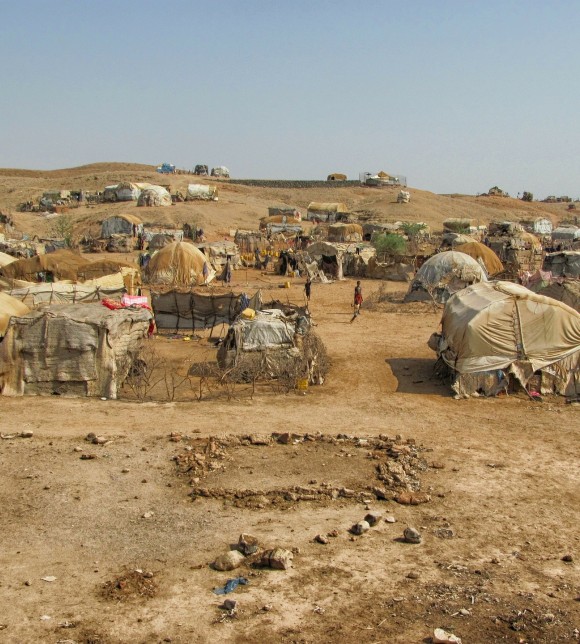
Independent Review of the Value Added of the Central Emergency Response Fund (CERF) in Somalia
This report is one of four country studies looking at the added value of the CERF in the overall response to the Horn of Africa Drought in 2011, as part of the implementation of the Fund’s Performance and Accountability Framework (PAF). A regional synthesis report looks at overarching conclusions from the four reports. Somalia in 2011 was an extremely challenging environment for humanitarian actors. As the crisis escalated during the first half of the year, funding levels for humanitarian actors remained very low, following the established pattern from the previous year. Only when the crisis reached its peak in the middle of the year, did donors switch from reticence to response.
Timeliness of CERF: The use of the CERF in Somalia in 2011 has to be seen against the backdrop of a slow response on the part of the whole humanitarian system. In combination with the CHF, the UFE grant at the beginning of the year went some way to offsetting a critical funding shortfall. Funds from the RR window came marginally, but critically, ahead of a general upswing in funds, due largely to responsive and quick processing by the CERF Secretariat. There was an overall consensus that the request to the RR window could have been made earlier1 . The potential for use of the CERF at an earlier stage of crisis response is covered in the regional synthesis report.
Download here
Suggested Citation
Format:
Tyler, G. (2012). Independent Review of the Value Added of the Central Emergency Response Fund (CERF) in Somalia. United Nations Office for the Coordination of Humanitarian Affairs (OCHA), CERF, October.